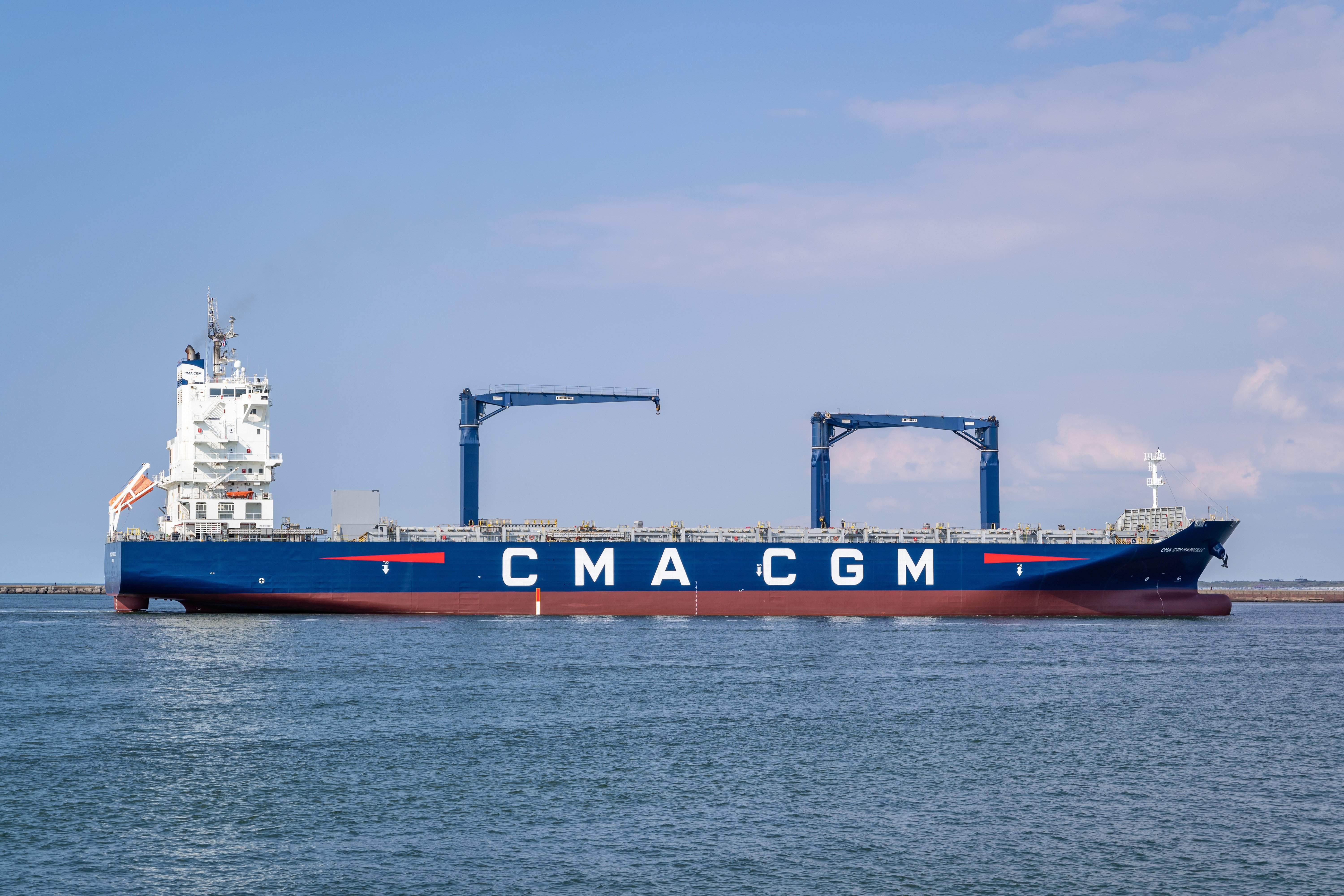
The UK Supreme Court in its judgement issued on 10 November 2021 has upheld the lower Courts' judgments in this case confirming that a defective passage plan can render a vessel unseaworthy.
The UK Club had previously reported on the High Court’s and the Court of Appeal’s decisions in this case in our QCR Summer 2020. Here is a reminder of the facts.
On 18 May 2011, the container vessel, CMA CGM Libra, grounded on an uncharted shoal whilst leaving the port of Xiamen. General average (“GA”) was declared but some cargo interests refused to contribute arguing that the cause of the casualty was the vessel’s unseaworthiness due to her passage plan being defective.
The Admiralty Judge in the High Court agreed that the vessel’s passage plan was defective and that it was causative of the master’s decision to leave the buoyed fairway resulting in the grounding. The IMO Guidelines for Voyage Planning require a passage plan to include all areas of danger. The presence of numerous depths less than the charted depths in the approaches to Xiamen constituted a source of danger but the vessel’s passage plan did not include notices to mariners which required corrections to be made to the chart. The negligence in the preparation of the passage plan was found to amount to a failure to exercise due diligence to make the vessel seaworthy in accordance with article III, rule 1 of the Hague Rules. Applying the prudent owner test on unseaworthiness1, the judge found that the prudent owner would have required the defective passage plan to be made good before the vessel set to sea. In respect of due diligence, the judge concluded that the owners were responsible for all of the acts of the crew carried out whilst passage planning. The High Court’s decision was upheld by the Court of Appeal.
The owners appealed to the Supreme Court contending that:
(i) the Hague Rules draw a clear distinction between the navigable state of the vessel and the navigation of the vessel by the master and crew. The former is the subject matter of the carrier’s duty to make the vessel seaworthy under article III rule 1, whilst the latter is subject to the “nautical fault” exception as set out in article IV rule 2(a).
(ii) so long as the carrier has equipped the vessel with all that is necessary for her to be safely navigated, including a competent crew, then the crew’s failure to navigate the vessel safely is not a lack of due diligence by the carrier under article III rule 1 of the Hague Rules, and is instead a navigational fault capable of exemption under article IV rule 2(a).
The Supreme Court’s decision
Owners’ first contention
The Court rejected the owners’ suggestion that there is a category-based distinction between seaworthiness and navigation or management of the ship, and that passage planning is to be categorised as a navigational decision which does not impact on seaworthiness before the commencement of the voyage. The Court held that seaworthiness and navigation or management of the ship are not mutually exclusive. While the majority of negligent navigation incidents will occur during the voyage, rather than before the commencement of the voyage, negligent navigational decisions taken pre-voyage, including passage planning, can render a vessel unseaworthy. The Court recognised that there may be cases “at the boundaries of seaworthiness”, but held that this case where the passage planning concerns the safety of the vessel, is not such a case.
Owners’ second contention
The Court relying on the House of Lords decision in Muncaster Castle2 found that the owners were wrong to characterise their duty of due diligence as being merely to ensure that the requisite materials were on board for a competent crew to prepare an adequate passage plan, putting in place proper systems and auditing those systems to check that they were being properly implemented.
The owners are actually responsible for all of the acts of the crew carried out whilst passage planning. Here, due diligence was not exercised by the owners because the master and second officer failed to exercise reasonable skill and care when preparing the passage plan. The failure of the master and second officer was not outside the “carrier’s orbit of responsibility”. The carrier cannot escape from its due diligence responsibilities under article III rule 1 of the Hague Rules simply by delegating those responsibilities to its servants or agents. The carrier is responsible for any failure to exercise due diligence by those to whom he has entrusted the task of making the vessel seaworthy. It is the carrier’s contractual responsibility to ensure that due diligence is exercised in making the vessel seaworthy and he cannot contract out of that responsibility by delegation.
Comments
The Supreme Court has reiterated that the carrier’s obligation under the Hague Rules to make the vessel seaworthy is non-delegable, “The carrier cannot escape from its responsibilities under article III rule 1 of the Hague Rules by delegating them to its servants or agents qua navigators, or qua managers, or qua engineers or qua ship repairers.”
However, the carrier may not be liable for lack of due diligence which occurs before he has responsibility for the vessel or the cargo. The carrier cannot be held responsible if the failure to exercise due diligence was, for example that of the shipbuilder prior to the carrier’s acquisition of the vessel, or of a shipper prior to the carrier’s acquisition of control over the cargo.
The fact that a defect is remediable may also mean that a vessel is not unseaworthy. This however is likely to depend on whether it would be reasonable to expect that the defect is remedied before any danger to vessel or cargo arose.
The owners had submitted that the risk of cargo damage or GA expenses arising from a failure to exercise due diligence to make the vessel seaworthy is borne by shipowners and their insurers, and a decision that negligent passage planning may render the vessel unseaworthy will lead to more cargo damage or GA claims being made against shipowners and their insurers. While this may be the result, it would still be necessary for claimants to prove in each case that the defect in the passage plan was sufficiently serious to render the vessel unseaworthy, and that it was causative of the loss or damage.
--------------------------------------------------------
1 As set out McFadden v Blue Star Line [1905] 1 KB 697, 706 namely “whether a prudent owner would have required the relevant defect, had he known of it, to be made good before sending his ship to sea” (“the prudent owner test”).
2 Riverstone Meat Co Pty Ltd v Lancashire Shipping Co Ltd (The Muncaster Castle) [1961] AC 807. The Court clarified that the obiter comments in the judgment of The Torepo [2002] EWHC 1481 (Admlty); [2002] 2 Ll L Rep 535 suggesting otherwise is not a correct statement of the law.




